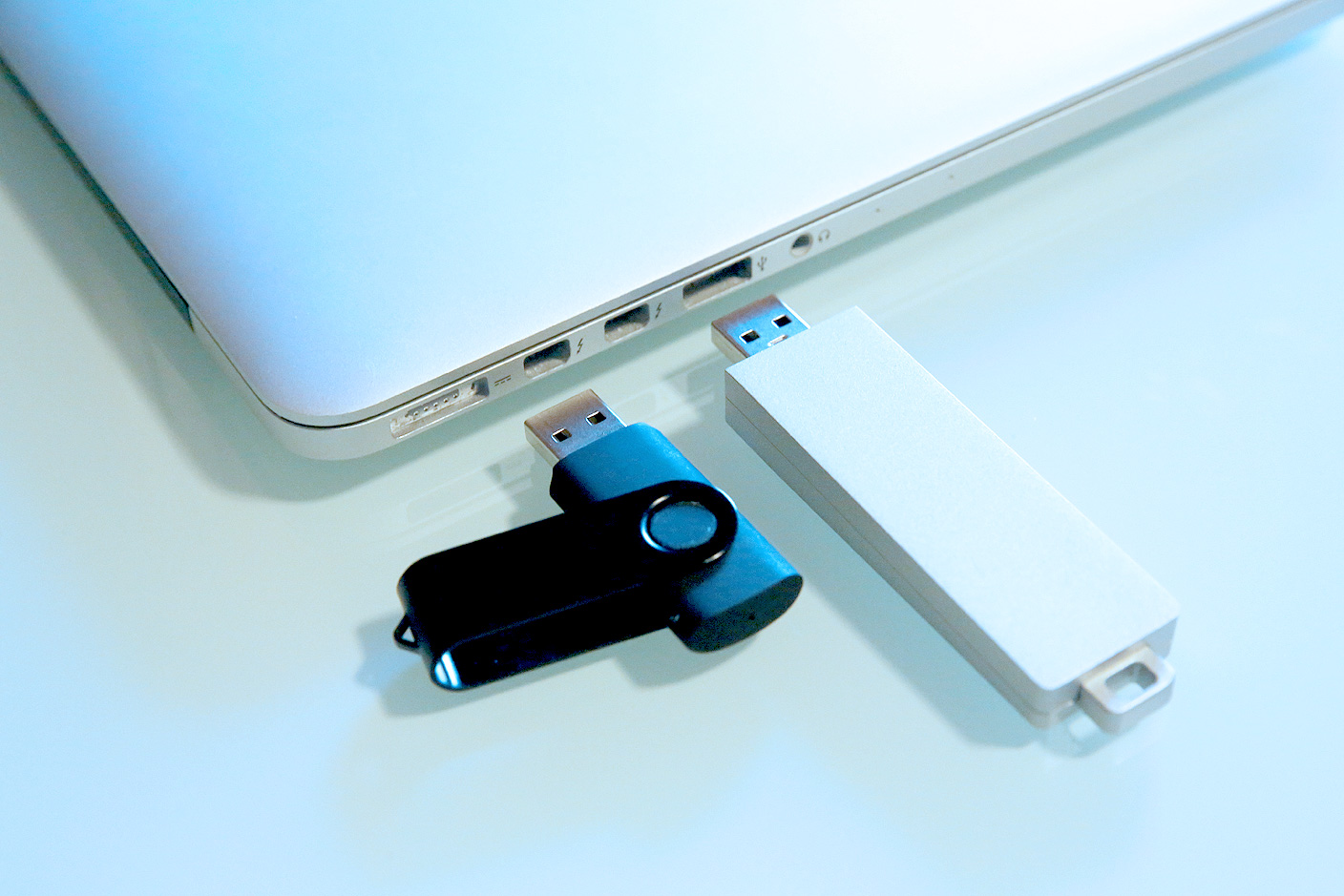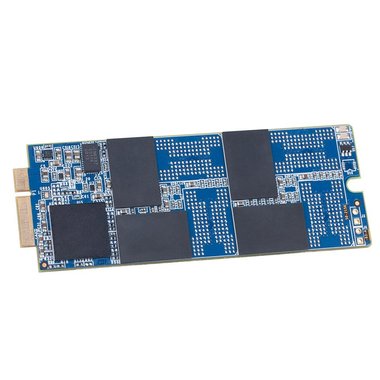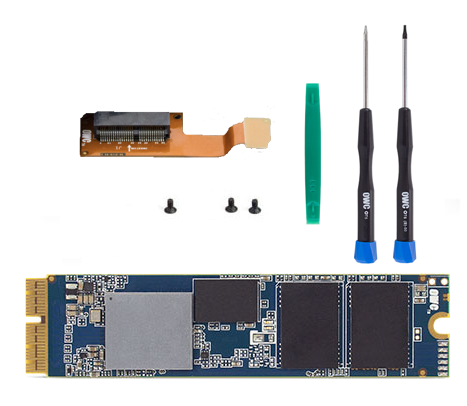
- #Finding an internal owc ssd drive for macbook pro install
- #Finding an internal owc ssd drive for macbook pro upgrade
- #Finding an internal owc ssd drive for macbook pro pro
- #Finding an internal owc ssd drive for macbook pro plus
- #Finding an internal owc ssd drive for macbook pro mac
Furthermore, the drive takes 25% less power than SSDs from previous generations. Read speed is clocked up to 560MB/s as well, allowing stored files to be accessed rapidly.Ĭoupled with OS X on a MacBook Pro, the WD Blue 3D NAND will allow the system to boot quicker, which launching apps will also be smoother. Sequential write speed can reach up to 560MB/s, so you can save files more quickly. It is worth noting you pay more for the performance than a standard SSD, but with plenty of storage space and huge performance gains, it could be worth it for power users. Check Price on Amazonįor superfast data management and storage on MacBook Pro, few SSD solutions stack up to the WD Blue 3D NAND. Because of this, you will see battery gains on your MacBook Pro.
#Finding an internal owc ssd drive for macbook pro mac
I like that this is one of the coolest replacement SSD’s on the market, so you shouldn’t see it overheat your Mac too much.
#Finding an internal owc ssd drive for macbook pro plus
With a sequential write speed of 445MB/s, saving data to the SanDisk SSD Plus is rapid, while the up to 535MB/s read speed means retrieving the data is also fast.

It is also compatible with MacBook Pros built before 2011 because the SSD Plus is backward compatible with SATA 2.0 and 1.0.
#Finding an internal owc ssd drive for macbook pro pro
The company’s SSD Plus comes with SATA Revision 3.0 interface, which makes it ideal for MacBook Pro machines made in 20. SanDisk is a respected name in the SD card and memory card market but is also a major manufacturer of hard drives. Still, looking for the best SSD drive for MacBook pro? The below list will help you to make your choice. To make it easier to understand which models require which SSDs, check out the table below: MacBook Pro This is a terrible decision as many laptop users like to futureproof their machines with upgrades.
#Finding an internal owc ssd drive for macbook pro upgrade
Note: Unfortunately, Apple decided with its latest generation MacBook Pro devices remove the ability to upgrade the SSD.

#Finding an internal owc ssd drive for macbook pro install
Simply put, which SSD you can install in your MacBook Pro will depend entirely on which year your laptop was released.

Before getting to the list, there’s some important information regarding SSD compatibility that is worth remembering. Luckily, when it comes to replacing the onboard storage for a high-performance solid-state drive, it is possible to upgrade the MacBook Pro.īelow we have discussed some of our favorites SSD solutions for the MacBook Pro range. However, Apple Mac devices are infamous for being more difficult than Windows machines to upgrade. Check out this presentation by LSI's Kent Smith at the Flash Memory Summit in 2011 for more (specifically, slide seven).Apple’s MacBook Pro laptops are beloved by consumers all over the world who value their amazing build quality and strong performance. But if you're dealing with exclusively incompressible data, DuraWrite won't help, and you're going to be missing TRIM support. In a typical use case, you're going to have some information that can be compressed. The rub is that DuraWrite requires compressible data to operate on. The reasoning behind this is that DuraWrite frees up space on the drive that can be used for garbage collection, similar to what TRIM already does. Note also that OWC's official party line is that you do not need to enable TRIM on the Aura Pro due to SandForce's DuraWrite technology. If you want to do this right, follow the instructions linked above. They're often unreliable, though, and some are even outdated, compatible only with Snow Leopard or earlier versions of OS X. There's a bit of terminal window work to lift the Apple SSD requirement, but it's all covered in sufficient depth at Github.īe forewarned that there are programs out there written to enable TRIM support with a single click. Fortunately, the restriction isn't hardwired. Without this, the process of reading, deleting, or moving data can slow down as the SSD maintains information that is no longer used. Unfortunately, Apple only enables TRIM on its own drives, in a move to perhaps discourage customers from going the aftermarket route.

TRIM is the command that lets an operating system tell an SSD which blocks of data are no longer in use and can be wiped, preparing them for the next write.


 0 kommentar(er)
0 kommentar(er)
